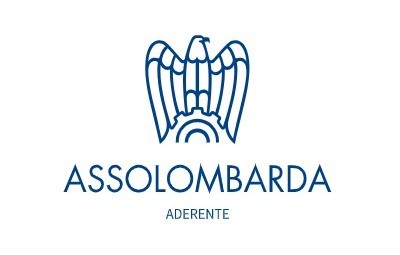Legionellosis
Category: News - Author: Dott. Francesco Spinazzola (infettivologo)
During this years, the headlines have been almost exclusively filled with news about COVID-19. General interest was indeed directed towards this not inconsiderable threat. The same interest actually seemed to wane with regard to other diseases.
Could this underestimation of the most commonly prevalent diseases be dangerous? It is most likely.
Take, for example, one of the circulating potentially fatal respiratory diseases: legionellosis caused by the bacterium Legionella pneumophila. These microorganisms are Gram-negative bacteria, intracellular pathogens, and serotype 1 is the most commonly reported cause of human infections worldwide. Legionella infections can present in most cases as a mild, self-limiting flu-like illness called Pontiac fever. In some cases, especially in the presence of risk factors, such as advanced age, smoking, and various types of immunosuppression, it can be an important cause of community-acquired and hospital-acquired pneumonia: legionnaires' disease. Symptoms typically occur 2 to 10 days after exposure to the pathogen and may take a varied and worsening clinical course. Acute respiratory failure is typical, characterised by very low blood oxygen pressure values and lung localisations of various types, infiltrates, thickening, interstitial disease, pleural effusions. Other organs and apparatuses may be affected in a septic-type picture. Classically, brain involvement is caused by a toxin, rather than by actual organ localisation. If treated in time with the right antibiotics, macrolides, quinolones, rifampicin, etc., it generally tends to resolve.
Prevention lies in avoiding exposure to humid and hot places where these bacteria can proliferate, such as air conditioning systems where the filters have not been regularly overhauled and cleaned; showers in which water is not circulated at temperatures higher than 50-60 degrees (The optimum temperature for the development of legionella colonies is 40 degrees or slightly higher.); land that has been recently dug up, where soil has been turned over and water has stagnated; rooms or entire buildings that have been abandoned and occupied again, with toilets that are partially out of use; cooling towers of industrial plants. The starting point for this simple disquisition comes from the very recent notification of a post-lockdown case admitted to a hospital in Rome (see link below).
Source:
Eurosurveillance Legionella pneumonia.
In my own career, I remember being successfully involved in the diagnostic recognition and treatment of an epidemic outbreak among artists, painters and sculptors staying at the Danish Cultural Institute in Villa Borghese in Rome.






